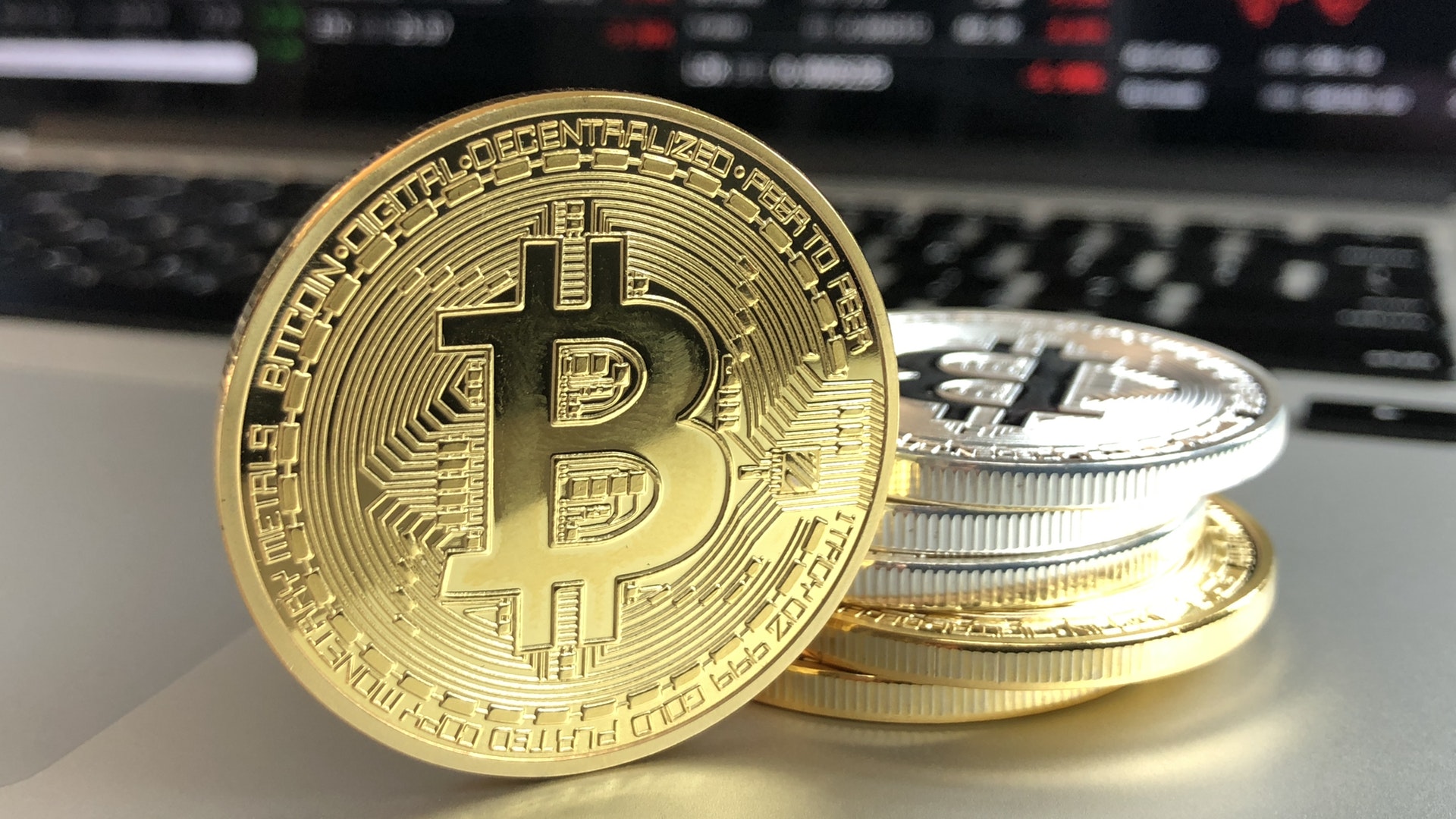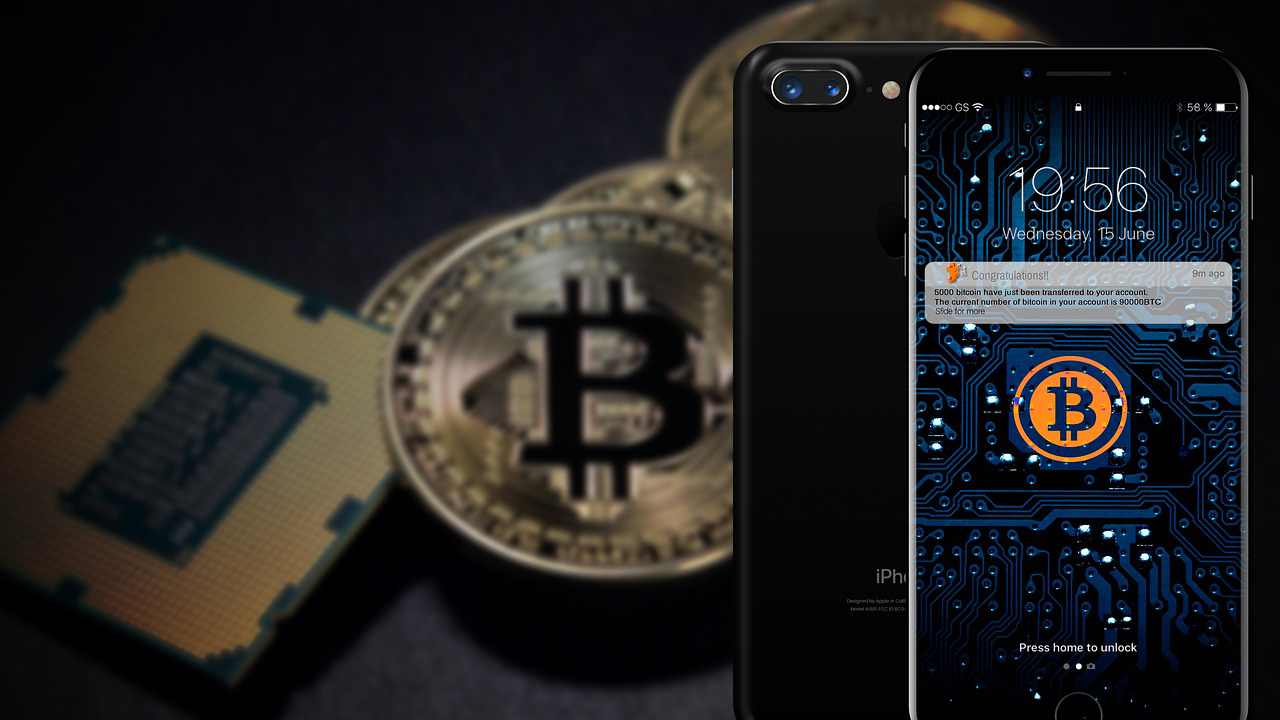
There are lots of ways to acquire Bitcoin; each method comes with different risks and benefits. Regardless, security concerns should be taken into account even during the buying phase.
In this article, we’ll cover the following methods for getting Bitcoin:
- In-person transactions
- Dedicated Bitcoin ATMs
- Online exchanges
- Decentralized exchanges
- Accepting Bitcoin as a form of payment
Warning: There generally is no consumer protection when dealing with cryptocurrencies, and police and courts have difficulty assessing different situations properly. That makes it easier for fraudsters to get away with your Bitcoin. This shouldn’t dissuade you from Bitcoin, but rather encourage you to take extra precautionary measures. Some of these measures may seem extreme, but our goal is to help you understand the diversity of threats that pop up in the Bitcoin world.
In person
When trading Bitcoin in person, large amounts of cash may be involved, so your physical safety is most important. It’s important to put some thought into where you physically meet to carry out the transaction. Meeting during the day at a busy but uncrowded, public location is ideal.
This may be a coffee shop, a library, or a museum, but unless your local government takes a strong anti-Bitcoin stance, the reporting room of a police station may be the place least likely for a mugging. Yes, you can still be mugged with virtual currency.
As soon as somebody knows you have access to Bitcoin on your phone or laptop, they may threaten you with violence unless you transfer the coins to them. If the thieves know where you keep your backup seed phrase, they might also steal this seed and transfer the coins to their own wallet immediately.
In places where the government does not have a strong anti-Bitcoin stance, meeting in the report room of a police station might be a great idea.
Are you a pro? Subscribe to our newsletter
Sign up to the TechRadar Pro newsletter to get all the top news, opinion, features and guidance your business needs to succeed!
You can assume that somebody who intends to harm or defraud you will be hesitant to meet at a police station, and you will be able to freely count your money and wait for confirmation of your Bitcoin transaction.
Furthermore, police officers are often concerned about your security and that of the community. They’ll probably even appreciate if a risky transaction is carried out under their eye.
Other unusual and safe places include the lobbies of post offices, banks, or government buildings. In general, you’re much less likely to become the victim of theft or robbery in a well lit building with security and a proper entrance and exit.
Before meeting, have your Bitcoin wallet set up (that’s how you’ll hold your Bitcoin). Avoid setting anything up on the spot. When buying Bitcoin, always wait for at least one confirmation. For large amounts, you may even want to wait for more (two to six confirmations).
When selling Bitcoin, verifying the integrity of the fiat currency you’re receiving can be difficult. Be prepared to test their authenticity if counterfeit money is common in your country. When in doubt, meet at a bank and ask your counterparty to be present while you deposit the notes into your account.
Finally, take notice of your surroundings when leaving. Stay inconspicuous and avoid being followed—again, you don’t want to be mugged.
Dedicated Bitcoin ATMs
Bitcoin ATMs are a generally safe and convenient option for buying Bitcoin. Inform yourself about the rates beforehand. As with any other sort of ATM, practice caution. Be careful of people observing you too closely!

Online exchanges
Bitcoin Exchanges often offer the best rates (often at 0.3% fees) to buy and sell Bitcoin, but they also require the most personal information and take more time.
When signing up for an exchange, make sure it is reputable. Check out reviews from your community and friends. Even small bugs and inconsistencies in a website should send up a red flag, marking them as possibly untrustworthy or incompetent.
Never leave Bitcoin or fiat currency with a Bitcoin exchange. Always withdraw your cryptocurrency as quickly as possible to a wallet that you control.
- Also check out our guide to the best bitcoin exchanges
Decentralized exchanges
There are different definitions of decentralized exchanges. In this case, a decentralized exchange is any exchange, website, or platform that does not have its own bank account, but rather maintains some kind of order book.
LocalBitcoins and CoinCola, for example, are websites operated by companies. People can post their offers and interact with each other through the site. Other platforms, like Bisq, are decentralized software systems that no company controls. Unlike a website, they cannot be taken down.
Decentralized exchanges usually offer some kind of escrow service in which the Bitcoin are held. It is important to always make use of this escrow service to avoid becoming victim of a scam.
The fiat currency payments are usually handled directly between the two trading parties. It is important that you familiarize yourself with each payment method that you accept or make in order to understand what your risk of being defrauded is.
For example, some wire transfers and online payment systems like Paypal are reversible, meaning that even after you think you have received a payment, it can be “taken back” by the buyer of the Bitcoin. Never release the funds from escrow until you are certain that you have received the funds.
Accept Bitcoin as a form of payment
Often, the most secure and convenient way to acquire Bitcoin is to accept them for your goods or services. In the Bitcoin blockchain, transactions are packaged into blocks, which are chained on top of each other. Each block has to abide by the rules of the Bitcoin protocol to be accepted by the network.
The network is made up of individuals and organizations, each running the Bitcoin software. If a large number of Bitcoin users were to change the rules of the network, for example by allowing more Bitcoin to be created, the network would likely split, or fork.
When the first miner creates a block according to the new rules, the block will get accepted by some participants in the network, while being rejected by others. Some miners will chain their new blocks on top of fork A, while others will follow fork B.
In some circumstances, both forks will survive continuously. All balances held before the fork are present in both sides of the chain, while all coins moved or created after the fork will only exist in one chain. Blockchain history diverges.
Lexie M writes about information security, bitcoin, and privacy. She is excited about empowerment through technology, space travel, and pancakes with blueberries and blogs for ExpressVPN who is TechRadar’s number one VPN provider. This is an excerpt from Lexie’s eBook called “Bitcoin Security and Privacy : A Practical Guide” which is free to download on iOS, Android, Kindle Kobo and Nook.